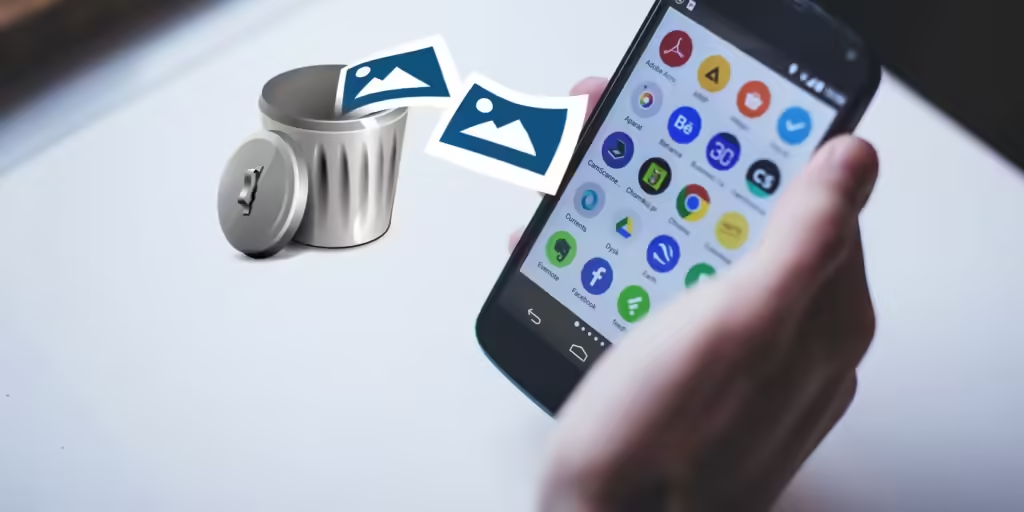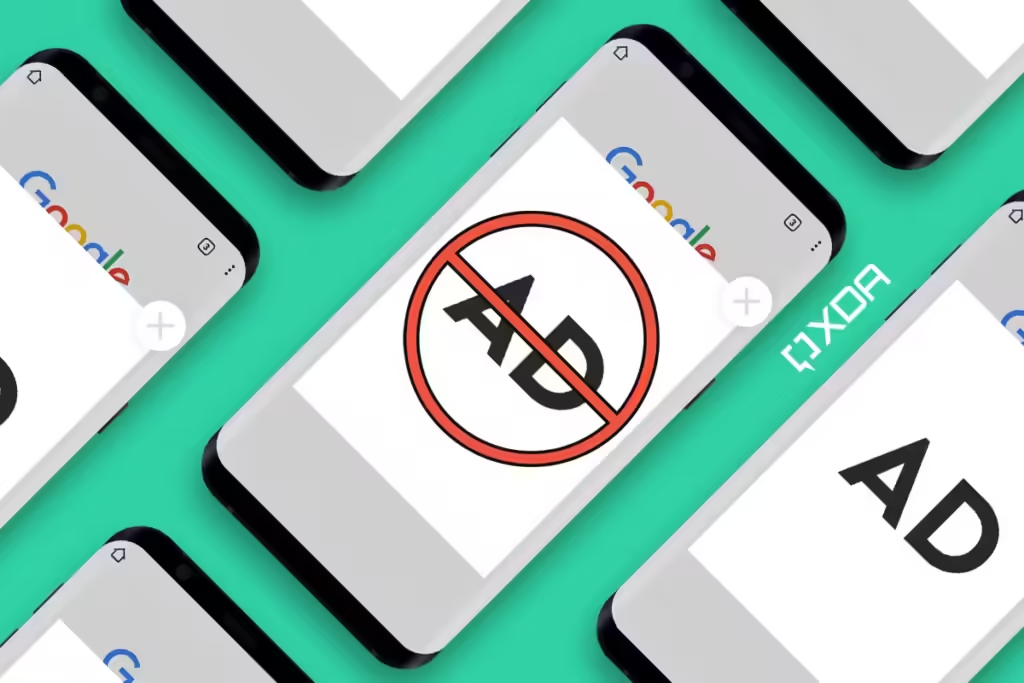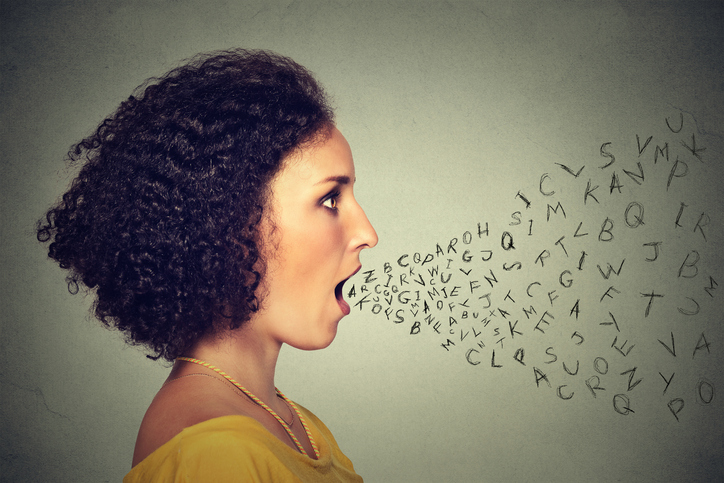Introduction: Porn addiction is a growing concern in today’s digital age, affecting individuals of all ages and backgrounds. It can lead to a myriad of psychological, emotional, and relational issues. This comprehensive guide aims to provide a detailed understanding of porn addiction, its consequences, and effective strategies to overcome it. By addressing the root causes and implementing practical solutions, individuals can regain control over their lives and foster healthier relationships.
Understanding Porn Addiction
1. Definition and Symptoms:
- Definition: Porn addiction is characterized by an inability to control the consumption of pornographic content despite negative consequences.
- Symptoms: Common symptoms include excessive time spent viewing porn, neglecting responsibilities, social isolation, and experiencing withdrawal symptoms when attempting to stop.
2. Psychological and Emotional Impact:
- Anxiety and Depression: Frequent porn use can exacerbate feelings of anxiety and depression, creating a vicious cycle of reliance.
- Low Self-Esteem: Comparing oneself to unrealistic portrayals in pornography can lead to body image issues and low self-esteem.
3. Relationship Consequences:
- Intimacy Issues: Porn addiction often leads to a decline in sexual satisfaction with a real-life partner, causing intimacy issues.
- Trust and Communication: Secretive behavior surrounding porn use can erode trust and communication in relationships.
Steps to Overcome Porn Addiction
1. Acknowledge the Problem:
- Self-Assessment: Recognize and admit that there is a problem. Self-assessment tools and questionnaires can help gauge the severity of the addiction.
- Acceptance: Understand that addiction is a common issue and that seeking help is a sign of strength, not weakness.
2. Identify Triggers:
- Recognize Triggers: Identify situations, emotions, or environments that trigger the urge to view porn. Common triggers include stress, boredom, and loneliness.
- Avoidance Strategies: Develop strategies to avoid or cope with these triggers, such as engaging in alternative activities or seeking social support.
3. Seek Professional Help:
- Therapy Options: Consider professional therapy, such as cognitive-behavioral therapy (CBT), which has been shown to be effective in treating addiction.
- Support Groups: Join support groups, both online and offline, to connect with others facing similar challenges. Sharing experiences can provide encouragement and accountability.
4. Develop Healthy Habits:
- Physical Exercise: Regular physical exercise can reduce stress and improve mood, making it easier to resist urges.
- Mindfulness and Meditation: Practicing mindfulness and meditation can help manage cravings and improve emotional regulation.
- Hobbies and Interests: Engage in hobbies and interests that provide fulfillment and distract from the urge to view porn.
5. Implement Technological Solutions:
- Content Filters: Use content filters and parental control software to block access to pornographic sites.
- Accountability Software: Install accountability software that tracks online activity and sends reports to a trusted person, adding a layer of accountability.
6. Rebuild Relationships:
- Open Communication: Have open and honest conversations with your partner about the addiction and the steps being taken to overcome it.
- Couples Therapy: Consider couples therapy to address relationship issues and rebuild trust and intimacy.
7. Set Realistic Goals:
- Short-Term Goals: Set achievable short-term goals, such as reducing the frequency of porn use each week.
- Long-Term Goals: Establish long-term goals, such as complete abstinence, and reward yourself for reaching milestones.
Long-Term Recovery and Maintenance
1. Stay Committed:
- Consistency: Recovery is a long-term process that requires consistent effort and commitment.
- Relapse Prevention: Develop a relapse prevention plan that includes strategies to handle setbacks and maintain progress.
2. Continual Self-Improvement:
- Personal Growth: Focus on personal growth and self-improvement, such as developing new skills or pursuing educational opportunities.
- Healthy Relationships: Foster healthy relationships and social connections that provide support and positive reinforcement.
3. Educate Yourself and Others:
- Awareness: Educate yourself about the effects of porn addiction and the benefits of overcoming it.
- Advocacy: Consider becoming an advocate for awareness and prevention of porn addiction, sharing your story to help others.
Conclusion
Overcoming porn addiction is a challenging but achievable goal. By acknowledging the problem, identifying triggers, seeking professional help, and developing healthy habits, individuals can break free from the cycle of addiction. Long-term recovery requires commitment, self-improvement, and a supportive network. By taking proactive steps and staying dedicated to the journey, individuals can reclaim their lives and foster healthier, more fulfilling relationships.
Key Takeaways:
- Recognize and admit the problem of porn addiction.
- Identify triggers and develop avoidance strategies.
- Seek professional help and join support groups.
- Develop healthy habits, such as exercise and mindfulness.
- Use technological solutions like content filters and accountability software.
- Rebuild relationships through open communication and therapy.
- Set realistic goals and stay committed to long-term recovery.
By following these steps, individuals can successfully overcome porn addiction and lead a healthier, more balanced life.
















